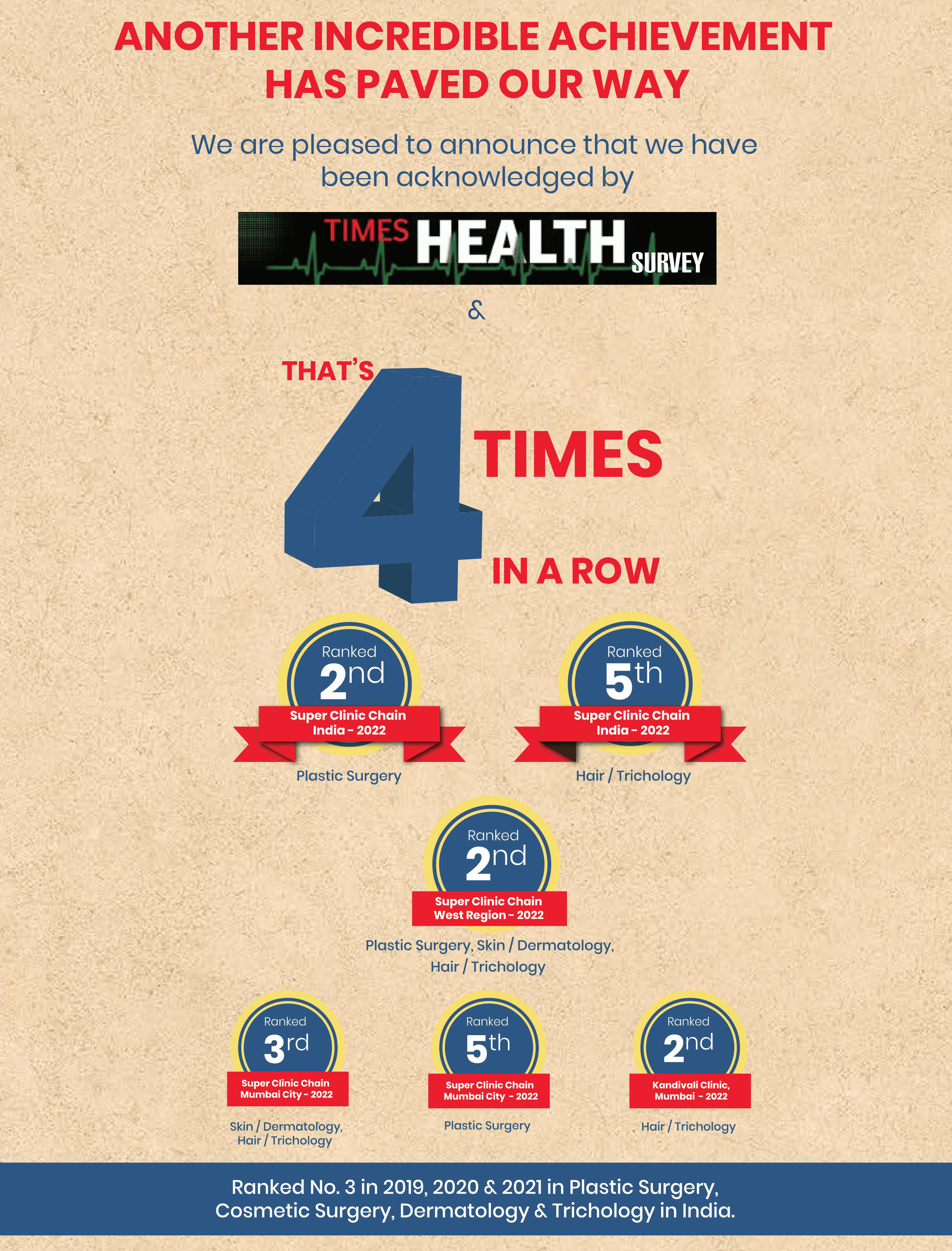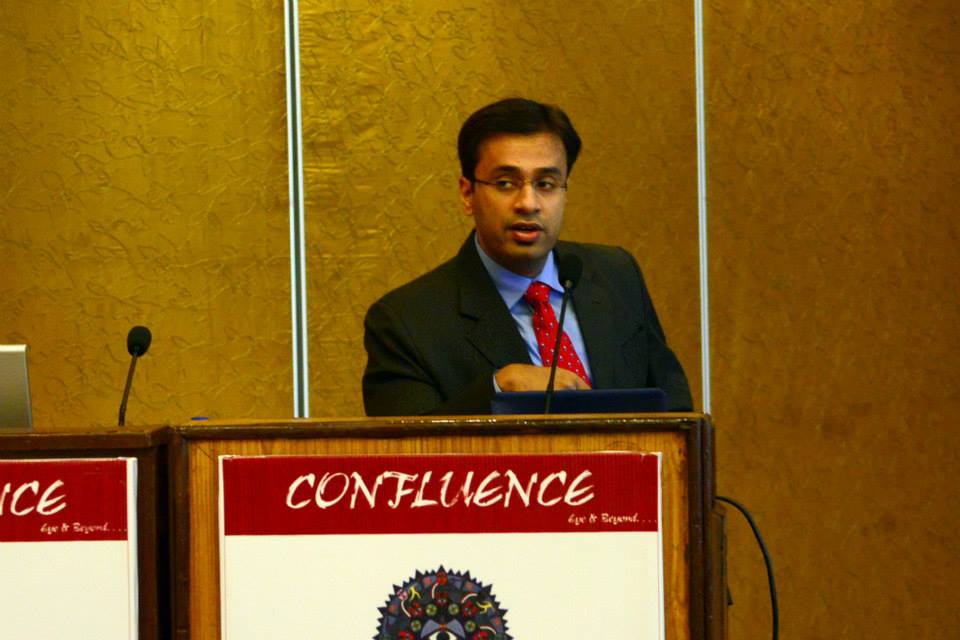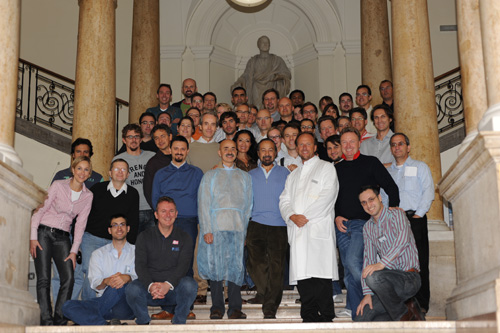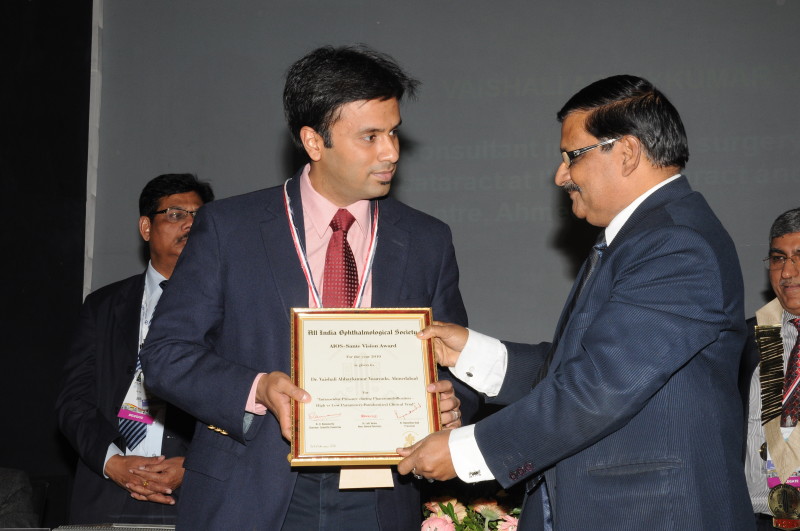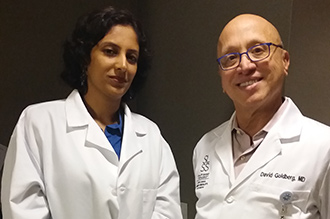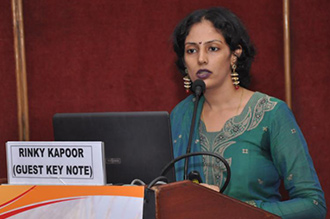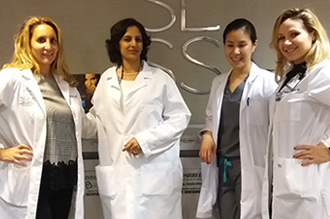Bell’s palsy refers to the weakness of the facial muscle, and the cause remains largely unknown. Nonetheless, the manifestation of Bell’s palsy has been linked to conditions/disorders such as Lyme disease, diabetes, multiple sclerosis, viral infections, respiratory diseases, high blood pressure, and injury. The condition leads to the damage of the seventh cranial nerve – the facial nerve – thus making the face to be profoundly deformed. The affected part usually experiences some degree of discomfort and/or pain. Patients’ of Bell’s palsy normally have difficulty making accurate facial expressions as facial strength is reduced. The condition may, however, disappear on its own without the use of medication, but this is not so for all cases – hence the need to consult a specialist nearby for Bell’s palsy treatment.
It has to be emphasized here that there are a number of medical conditions that may mimic Bell’s palsy, reflecting some of the below symptoms. That said, top on the list of observed symptoms of Bell’s palsy include:
You should make plans to see a specialist for proper diagnosis and probably treatment at the very instance you experience any of the symptoms above, along with the inherent facial deformity. You should understand that the paralysis of the face – as seen in Bell’s palsy – is also realizable in disorders such as stroke and the presence of tumour. As such, the first concern of the specialist will be to closely examine your face and rule out the prospect of the other conditions being the reason for the paralysis. He/she will check your neck, ears, and head, and assess the muscles of the face to see if there is any other nerve involved asides the facial nerve. In the course of this consultation, the specialist will ask for your medical history, and may subject you to further diagnostic imaging examination. A treatment regimen may then be put forth once it has been confirmed that you are having Bell’s palsy. In reference to surgery, there are certain steps/measures that you will need to take prior to the date of your surgical appointment – these will be subsequently discussed.
Bell’s palsy treatment in India is quite accessible; all you have to do is visit a top clinic nearby for Bell’s palsy treatment, with the equipment and resources to diagnose and take care of the situation. Bell’s palsy can be treated through surgical and non-surgical means.
Regarding the non-surgical treatment; hormonal treatment with a steroid known as Prednisolone is normally recommended and this is highly effective when administered within the first 72 hours of the onset of the disorder. It alleviates the severity of the symptoms and also the inflammatory responses by blocking the release/flow of the substances like leukotrienes and prostaglandins – which trigger inflammatory actions. Side effects such as acne, dry skin, increasing appetite, sleeping difficulty, bloating, indigestion, allergic reactions, nausea, mood swing, dizziness, and tiredness have been associated with the use of prednisolone.
A combinatory therapy, wherein prednisolone is used with other medication like antiretroviral drugs and eye drops and/or ointments may also be recommended. The antiretroviral will help in further suppressing the symptoms that might have arisen from viral infection. The need to lubricate the eyes with eye drops may be informed by the reduction in tear production that comes with Bell’s palsy as the eye [on the affected side] blinks in an uncoordinated manner. In the instance where a patient finds it difficult to close the eye while sleeping, a surgical tape can be applied. Mime therapy, facial exercises, and Botox injections have also been used in the treatment of Bell’s palsy.
Surgical interventions may be recommended in the instance where Bell’s palsy is severe or when other treatments have failed. In some cases, patients may get to see a cosmetic surgeon to have a reconstruction procedure performed on them. Several surgical procedures have been employed in Bell’s palsy treatment, but for the want of time and space, we shall only summarily discuss the cross facial nerve grafting and the temporalis transposition protocols here.
Cross Facial Nerve Grafting: This is a 2-phase invasive surgical procedure, with the cosmetic surgeon attempting to restore normal facial appearance and also your smile. In most cases, the surgeon would recommend this procedure if there is no notable positive outcome from other therapeutic interventions – this is after evaluating your situation for about two years. Again, the surgeon will also run an assessment protocol to see the ability of your nerve to regrow.
Facial nerve grafting usually takes up to eight hours to complete, and you will be admitted [as an in-patient] at the clinic before this procedure can be performed. Furthermore, you should desist from engaging in any laborious activity – including physical exercises – about 5 weeks before the surgery. You should also avoid smoking for this period – and even after the surgery. Food and drink should not be consumed six hours and two hours – respectively – before and after facial nerve grafting surgery.
Now to the surgery proper; the surgeon will place you under general anaesthesia and then starts the first – of the two operations – by making a preauricular incision on the affected side. After this, a cut is made on the other side (that is, the healthy part) of the face to access the facial nerve branches. The surgeon now does a facelift, identifies specific facial nerve branches and a device known as a nerve stimulator is used to check the areas stimulated by each of the branches. After the surgeon has identified the two smile branches, he/she will sacrifice one of them to reactivate the smile on the affected side. The surgeon will then move to the second operation which involves harvesting a nerve graft from another part of the body – the sural nerve graft from the leg is the most suitable in this regard. Once harvested, the sural nerve graft is brought to the face and it is connected to the identified smile branch. Incisions are then made inward of the upper lip and the nerve (graft) is passed through these incisions with the aid of a fascia needle. The nerve is then released from the needle which is thereafter passed from the lip incision on the paralyzed side across the facial bone at the upper jaw and let out through the incision on the spot that the nerve is now occupying. The process is repeated until the nerve is completely grafted, the surgeon thereafter applies appropriate sutures to close up the surgical areas.
Transposition of the Temporalis: The temporalis is a fan-shaped muscle that is actively involved in mastication, and surgical protocol, that has to do with its transposition, is geared at reanimating the mouth’s corner. To perform this surgery, the surgeon makes a preauricular incision that goes through the superior temporal line for him/her to have access to the temporalis and the surrounding connective tissue. With these areas clearly in view, the surgeon moves to make another incision along dense layer of the connective tissue; this would enable the elevation of the patient’s muscle fibres around the operated area. More specifically, the surgeon elevates the central one-third portion of the muscle to generate a tunnel. Another incision is then made to enable access to the orbicularis oculi, a muscle that functions to close the eye. Following this, the temporalis’ edge is connected to the orbicularis oculi using a specialized permanent suture. Thereafter, the surgeon will proceed to apply different layers of suturing to close up the surgical areas.
Other surgical procedures that have been put forward for Bell’s palsy treatment include facial decompression, tarsorrhaphy, and subocularis oculi fat lift.
Irrespective of the treatment routine you might be undergoing to take care of Bell’s palsy, doing some facial exercises will be highly beneficial. Moreover, the follow-up sessions are to be taken very seriously for the surgeon to regularly reassess your situation thereby ensuring better management. This is exactly what Dr. Debraj Shome and the team of expert plastic surgeons at The Esthetic Clinics are out to actualize – restoring your smile, giving you an excellent facial reconstruction. There is no need to make travel plans to see a specialist as you can have the best Bell’s palsy treatment India has to deliver right at our clinic.
You may spend a few thousands of Rupees in treating your condition. The precise cost of Bell’s palsy treatment will depend on some variables that border on the type of treatment regimen that has been recommended; hospital stay; diagnostic examination; location of the clinic; type of anaesthesia used and consultancy/service fee. In view of the foregoing, it would only be logical to closely consider your condition to give you the right cost of bill. You can reach out to our representative to book an appointment with one of our surgeons.
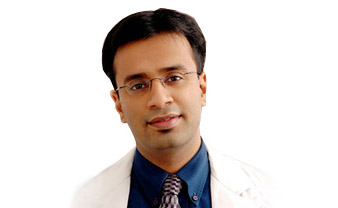

Dr. Debraj Shome is Director and Co founder of The Esthetic Clinics. He has been rated amongst the top surgeons in India by multiple agencies. The Esthetic Clinics patients include many international and national celebrities who prefer to opt for facial cosmetic surgery and facial plastic surgery in Mumbai because The Esthetic Clinics has its headquarters there.
